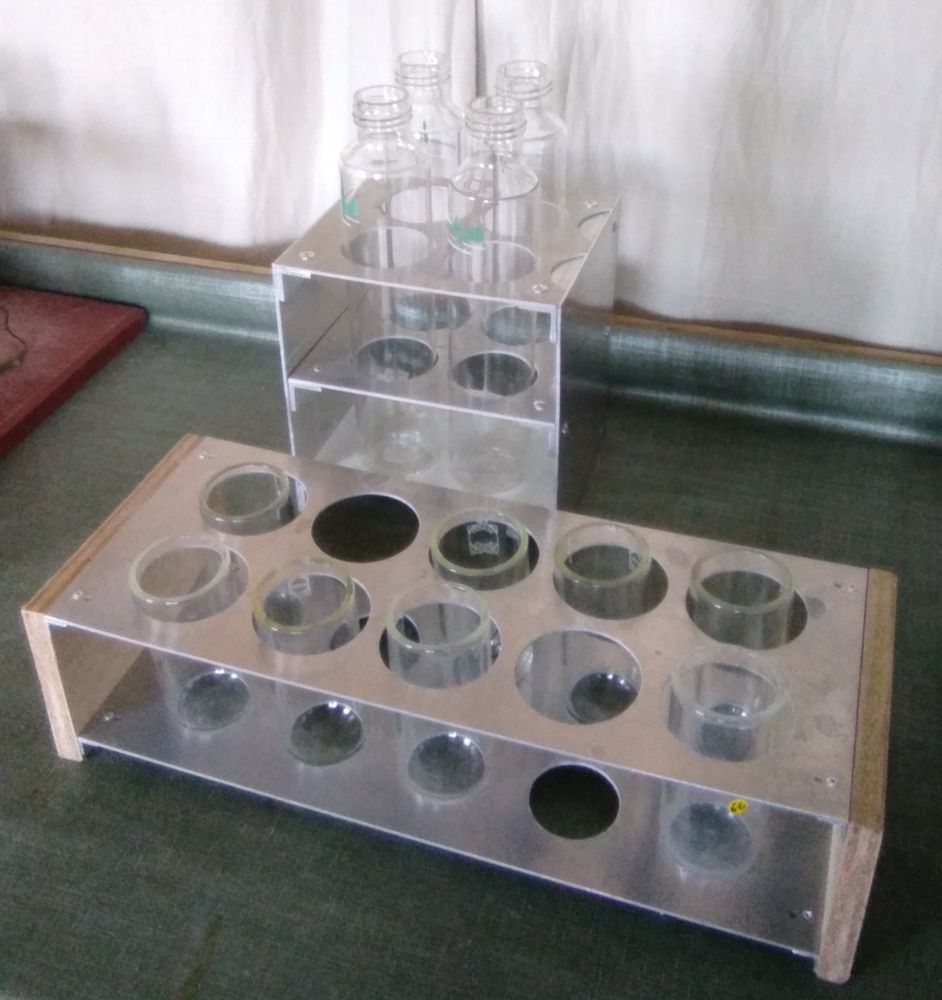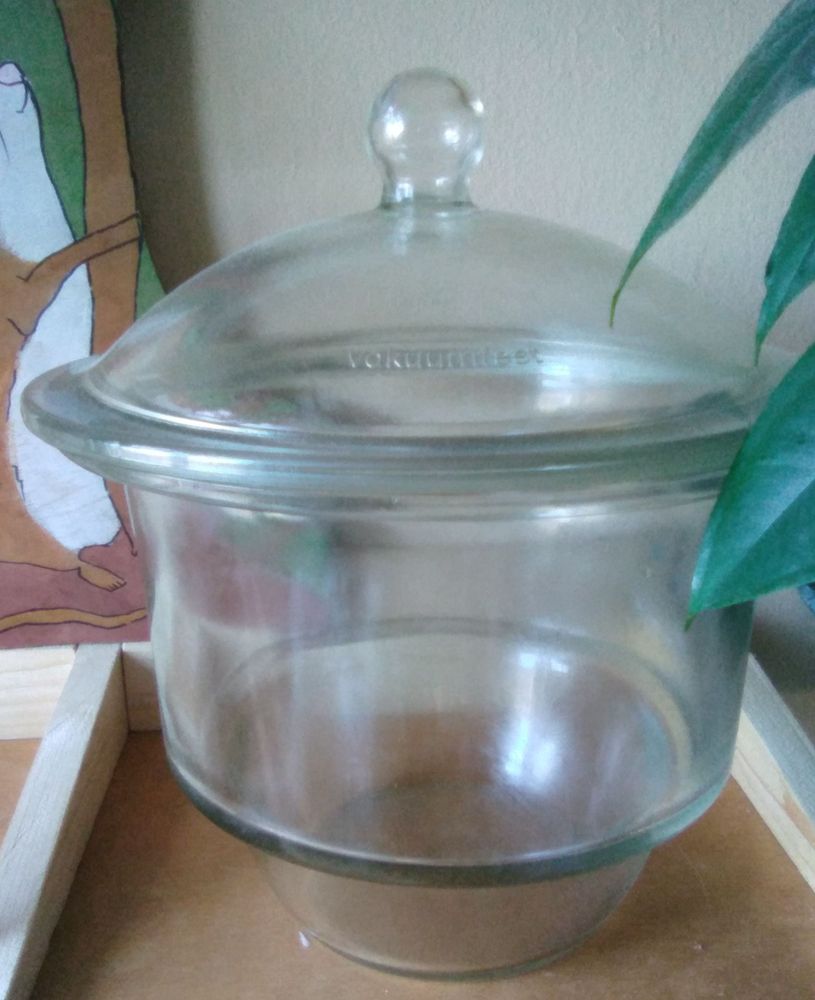Our lab threw out some surplus potassium phosphate, so I used it to formulate hydroponic fertiliser. That was a mistake. I forgot that potassium phosphate with calcium nitrate gives insoluble calcium phosphate, which happily proceeded to precipitate. I also added some other stuff that may or may not have precipitated out, so I can’t even save the stuff by filtering out the solids and making it into a two-part fertiliser, because I wouldn’t know for sure the composition.
I do have urea phosphate, which does not react with calcium nitrate. Urea-N isn’t as good for growth as nitrate-N on its own, but at least 20% of total N can be replaced by urea without negative effect. My previous formulation using urea phosphate worked great, even though it was more diluted than it needed to be and it had some pre-mixed dry fertiliser in it. It got some algae or something in it, not much of a problem but if it were concentrated enough I think that shouldn’t have happened.
Goals:
- Concentrated 1-part fertiliser, preferably 500:1 or even 1000:1
- Nutrient composition suitable for leafy aroids, taking into account local tap water composition
- Acid enough to bring down tap water pH to ~6 without extra acids
- Ammonia-to-nitrate ratio that keeps pH relatively stable in semi-hydroponics even if all water is taken up, e.g. 3:7 or 4:6 – even if this is not ideal for growth rate
- Preferably formulated from simple salts, no mixes or acids. Mixed trace nutrients are ok
I took nutrient compositions from literature and from commercial products, I downloaded the latest local tap water composition report, and looked up properties of various possible ingredients. I put everything into a big spreadsheet, set up goal values based on requirements, and used a DEPS evolutionary algorithm solver to optimise for the above list. This is also what I did for my earlier formulation, this time I just forgot to check if the resulting ingredients were compatible.
Newest formulation to test: urea phosphate, calcium nitrate, potassium nitrate, magnesium nitrate, ammonium sulfate, trace elements. Starting with 250 mL 500:1, and will try more or less diluted depending on how that goes.
I’m a little worried about forming calcium sulfate, but at low pH (from the urea phosphate) I think it could work? Actually, I should calculate the amount of calcium sulfate that could be formed, and compare it to the solubility. Solubility is about 0.24 wt% at room temperature. At pH=2.5 solubility is only improved by +12%, although high salt level can improve solubility by about 3x. Even in pure HCl you can only get 1.8 wt% calcium sulfate in solution. I guess I could use a chelator like EDTA to keep more in solution if needed (about 4%), but that’s an expensive way to go. Maybe this is why the commercial 1-part formulations don’t have much sulfur and/or calcium, except perhaps Liquid Gold Leaf which I think has a chelator.
Actually EDTA isn’t all that expensive. I should research that.
Or maybe I should just accept a lower ammonium/calcium/sulfate concentration to get a more concentrated 1-part fertiliser, or keep with my low concentration fertiliser.



